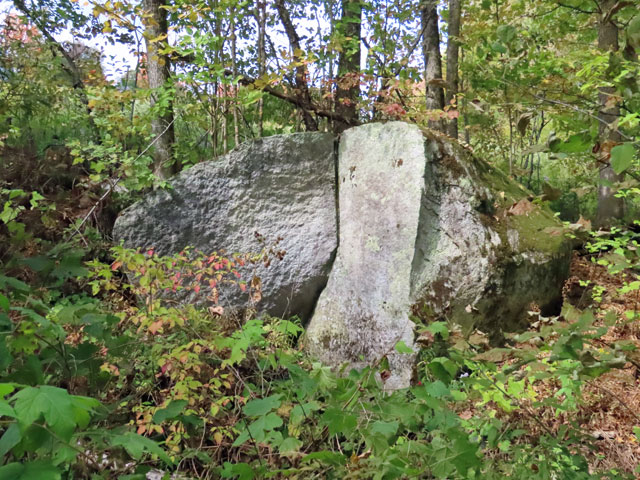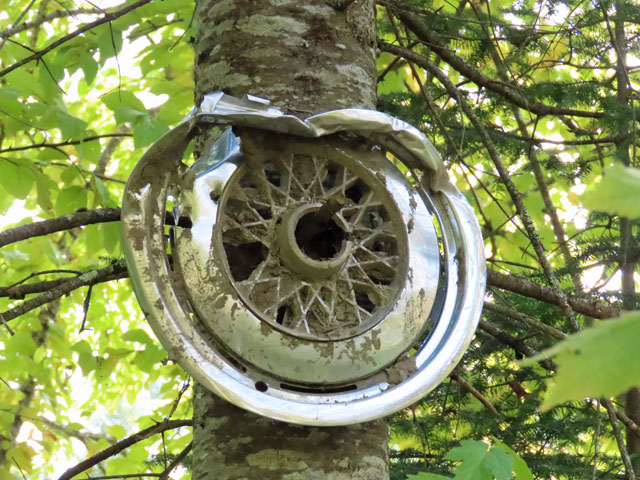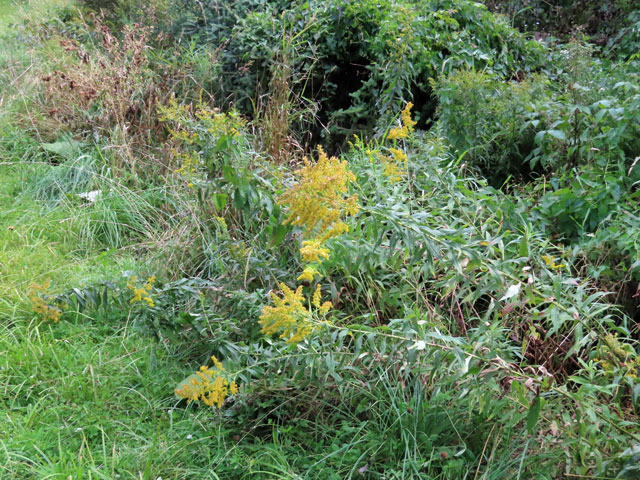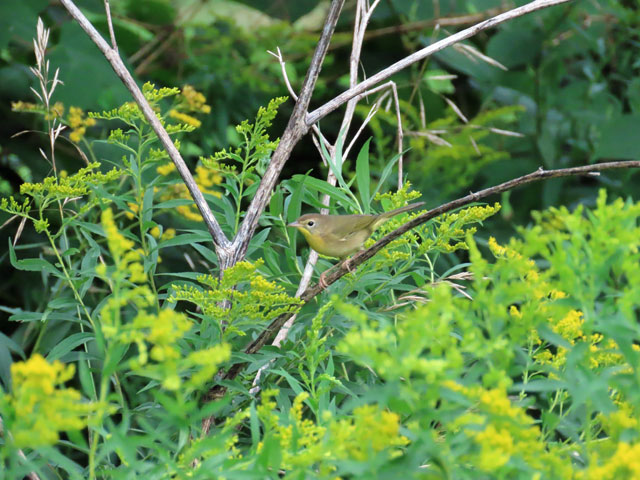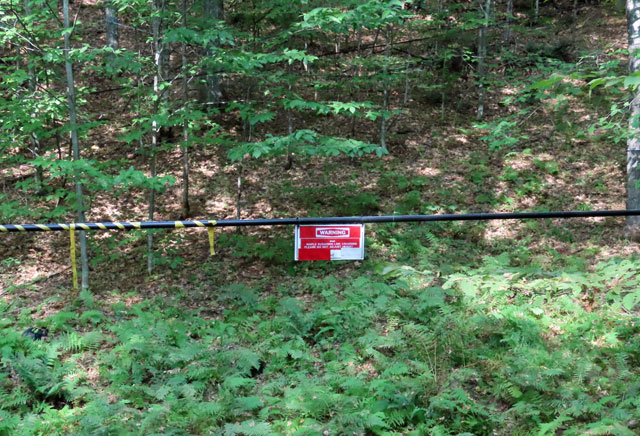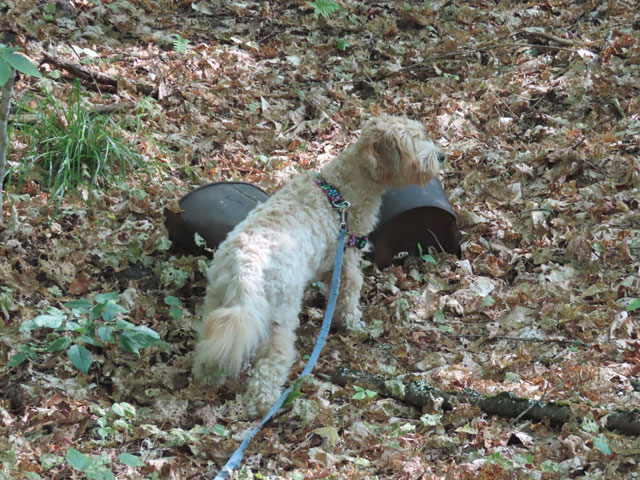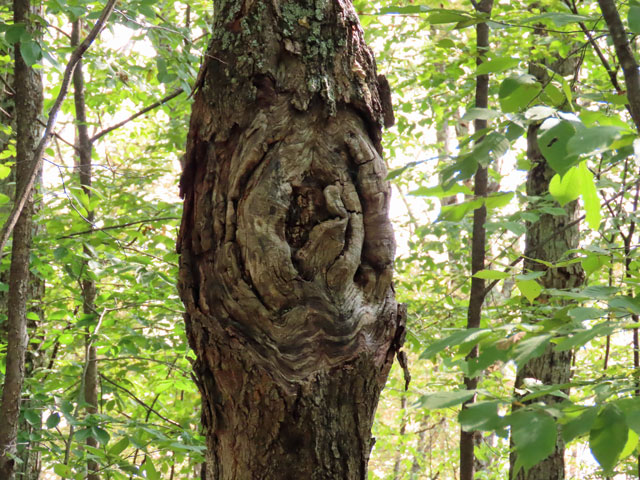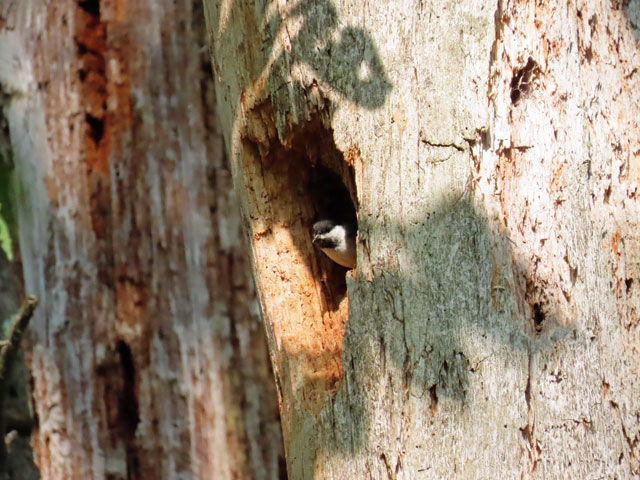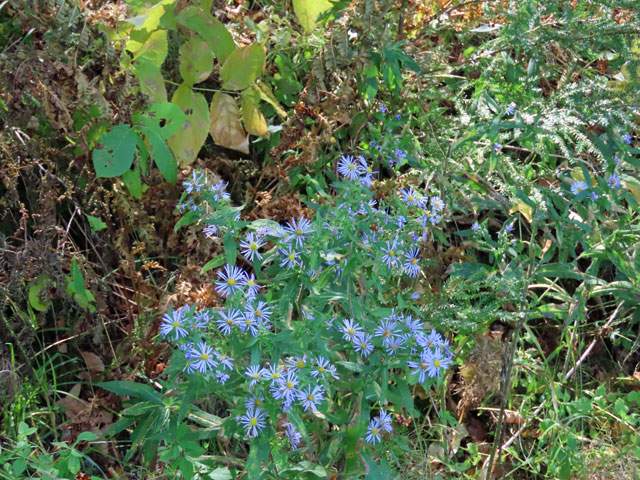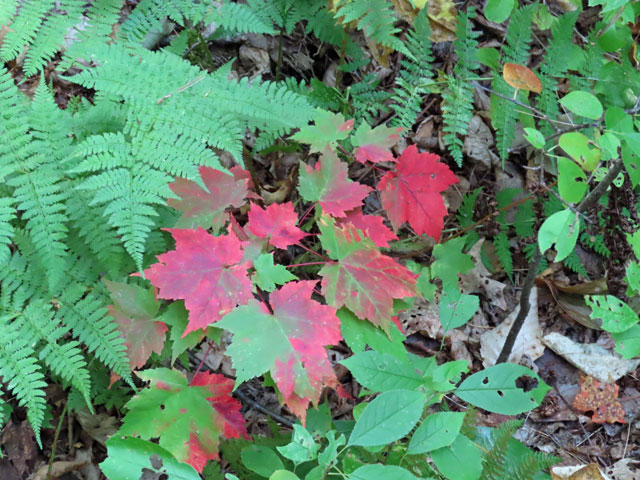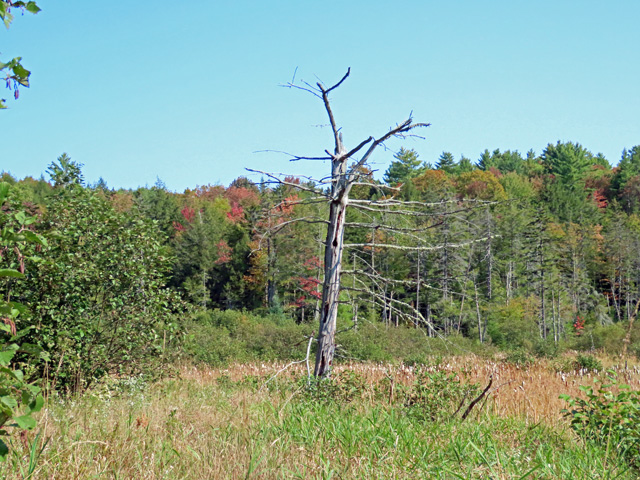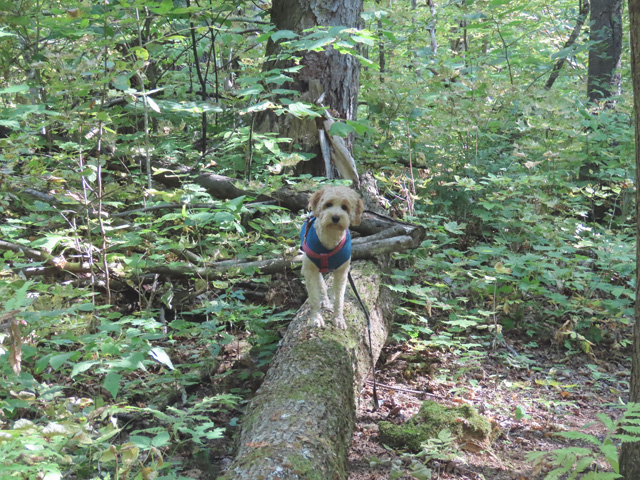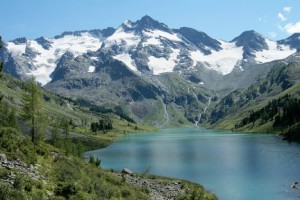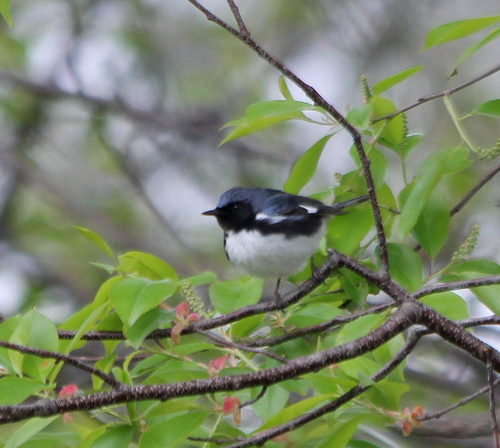Written by Norm Famous on maine-birds@googlegroups.com
I first experienced a rise in bird song activity while mapping the distribution of breeding bird species inside 20-acre blocks of forest. Song or territorial activity for the early nesting species that arrive inApril and early May such as white-throated sparrows, juncos, hermit thrushes and winter wrens are likely birds bringing off a second clutch, or renesting pairs whose first attempt was unsuccessful. In general, this increase can occur in both mid-June as well as July since there are two different nesting attempts involved.
Song production from species that winter in the tropics (Neotropical migrants) whose populations typically arrive in May through early June (mostly from mid-May onward), slows down after territories are firmly established and birds are well into incubation and gathering food for nestlings.
In early July when Neotropical migrants begin to fledge, the broods wander out of their parent’s territories into neighboring territories. That seems to result in an increase in song activity.
Periods of cold weather in June may result in higher nest mortality causing renesting later in June and early July. This adds to the increased song activity. I experienced this about ten years ago after a very cold and damp June in the form of a large increase in dependent young black-throated green warblers, American redstarts, blue-headed vireos and magnolia warblers throughout August. At the time, I was conducting fall migration counts every 10 days from August 1 through October.
Unmated males, by contrast, and birds attempting to renest during this period will sing vigorously in mid June. Unmated or wandering males are easy to detect when you have all the established breeding territories delineated or mapped and extra singing males show up and wander through the plot for one to several days. It is kind of fun to witness as the established males react, sometimes coming over from one to two territories away.
To summarize, the answer is not simple but after the mid-June lull of bird song activity, the increase is due to a combination of renesting attempts, the breakdown of territory boundaries by wandering broods and unmated wandering males. I am sure there are contribution physiological factors and other causes, some species-specific.*On another note!*
In regards to new unmated wandering males of the same species interring a territories (that is, new birds singing unfamiliar song renditions to the local population), you get a similar reaction when using song playbacks to lure target species into view.
*This practice can cause chaos to the entire local breeding population to both the target species as well as related species.*
I was working on an experiment at Bass Harbor Head on MDI where I was attempting to evaluate if warblers nesting in spruce-fir forest would react to playbacks of songs from other co-habiting warbler species when played in close proximity high in the canopy (e.g., within 40 feet). I attempted this work in response to studies that established that there was a ‘pecking order’ among the some of the spruce woods nesting warblers (the diminutive northern parula was at the bottom).
I suspended speakers 35-40 feet into the canopy (on light aluminum poles with a wire running down to a small amplifier) and played songs of a different species when I had a target male in view.
*Well, all ‘hell’ would break out in the middle to upper canopy. *The target male often looked toward the speaker and pauses or stops singing. However, neighboring males of the playback species went crazy and charged the speaker and chased any nearby birds regardless of species (again mostly warblers and golden-crowned kinglets). Within a half a minute or so, males of the playback species from neighboring territories charged into the ruckus and started chasing one another. I only played 3 to 5 (max) song renditions to the target species). If there was going to be a reaction, I expected it to be instantaneous.
*How large can the disturbances caused by playbacks be?*
Birds from up to three territories away joined the activity (some greater than 100 meters away). From the perspective of the study, this was extremely frustrating because it took over a half hour to assemble the pole segments and raise them through an opening in the canopy before having to wait for a target bird to come into view; the combined time usually exceeded an hour.
Once the local bird population was disturbed, you could not repeat the experiment at that location with 1/4 mile. Moreover, disturbances sometimes extended beyond a half hour (both inter and intra-specific chasing).
Needless to say, I did not gather enough information to address the original question about interspecific territoriality among birds within the same feeding guild, which at this location was comprised of 7 to 9 species of high- and mid-canopy insectivorous foliage gleaners (say that three times in a row).
*What are the implications regarding using playbacks during the nesting season? *
*Using playbacks will create chaos within the local breeding population of both the target species and other species, at least within the same size and taxonomic groups. I cannot speak to interactions beyond these warblers and kinglets. However, bird song is the standard form of mate selection and territory establishment and defense. *
*What happens when there is chaos? *
Birds are more susceptible to predation because their attention is elsewhere.
Birds were flying through and above the canopy for extended periods of time. They waste energy.
If the weather is marginal or the foliage very wet, females drawn to the commotion leave nests exposed or fledglings (think of toddlers) follow adults into the action and are more susceptible to predation.
Think about this the next time you use playbacks during the nesting season. The species that you are broadcasting often contain songs of other species. The temptation to use playbacks increases when the woods are quiet in the afternoon or during bad weather. On a more upbeat note, other than increased vulnerability to predation, the energetic and weather related risks appear less during the migrations.
When casually using playbacks, these disturbances are not typically apparent. I have no reason to suspect that this does not happen. However, when you know the locations or distribution of most the territories of all species in a local population, you can observe the chain of reactions.
I have to remember this when I am tempted to use playbacks to attract a species. I used playbacks while surveying a local population of Bicknell’s thrush along a logging road and observed the chaos among both Bicknell’s thrushes and Swainson’s thrushes. I followed singing and calling Bicknell’s thrushes from over 150 meters away work their way over to the disturbance caused by the playbacks. I did not pay attention of other species in the vicinity. In retrospect, I had forgotten about the study described above.
*Be cautious!*
*
*
*Birds are great!*
*
—
Norman Famous, Wetlands and Wildlife Ecologist
513 Eight Rod Road
Augusta, ME 04330
(207) 623 6072
